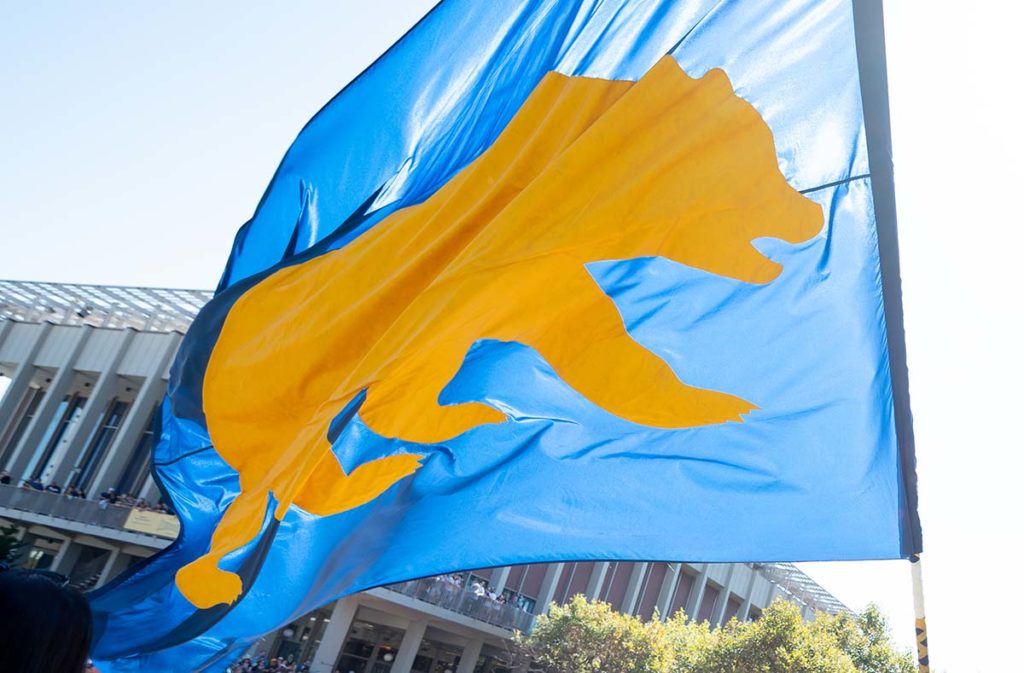Few know better the crushing blow to idealism of undergraduate engineering courses than College of Engineering Dean S. Shankar Sastry. “They come out of high school ready to change the world, and they’re beaten into submission,” said Sastry in a phone interview. “Why do that? We need to find ways to celebrate their creativity, to help them integrate their experiences, so they leave with some of the same enthusiasm they had coming in.”
Trouble is, most of the attention in engineering is on the hot-shot graduate students, the post-doc superstars, or those outliers who bail from the university early on to become start-up gazillionaires. But ignoring rank-and-file engineering undergraduates does not reflect well on a public university nor does it serve society at large, Sastry said. What’s needed is a way to help undergrads graft those new hard skills to their own unique visions.
And who better to fund such an initiative than professional engineer and three-time Berkeley grad, Qualcomm chairman and CEO Paul Jacobs ’84, M.S. ’86, Ph.D.’89. A new UC institute—funded by a $20 million gift from the Paul and Stacy Jacobs Foundation—will be devoted to infusing innovative techniques into the undergraduate engineering curriculum. It will leaven the rote and drudge of core engineering courses with teaching that emphasizes scope and support for creative thinking. And that, it’s hoped, will keep students sufficiently enthralled with their major to develop into dedicated and competent engineers.
“Paul Jacobs has noted that the entry-level engineering jobs that went to China—and probably will soon be going to Mexico—aren’t coming back,” Sastry said. “What is up for grabs is the mid-level engineering sector. We can still claim those. And those are the kind of jobs that create a robust middle class. What are the prime missions of a state university? Yes, they’re education, research, developing patents—but social equity is also part of it.”
And that means the university has to keep the magic going for undergraduates. That’s not an easy task, especially when so much emphasis is put on the “capstone” experience—the kind of effort that requires a student to sum up her or his entire educational endeavor in a single overarching project.
“The institute will still honor the capstone experience,” Sastry said. “But it will also recognize that you need a ‘cornerstone’ experience and a ‘keystone’ experience to get you to the capstone. In other words, you need to be inspired and nurtured sufficiently so you can lay the foundation for your work and vision, and then you must be sustained through it. The ‘capstone’ doesn’t just happen.”
—Glen Martin


















